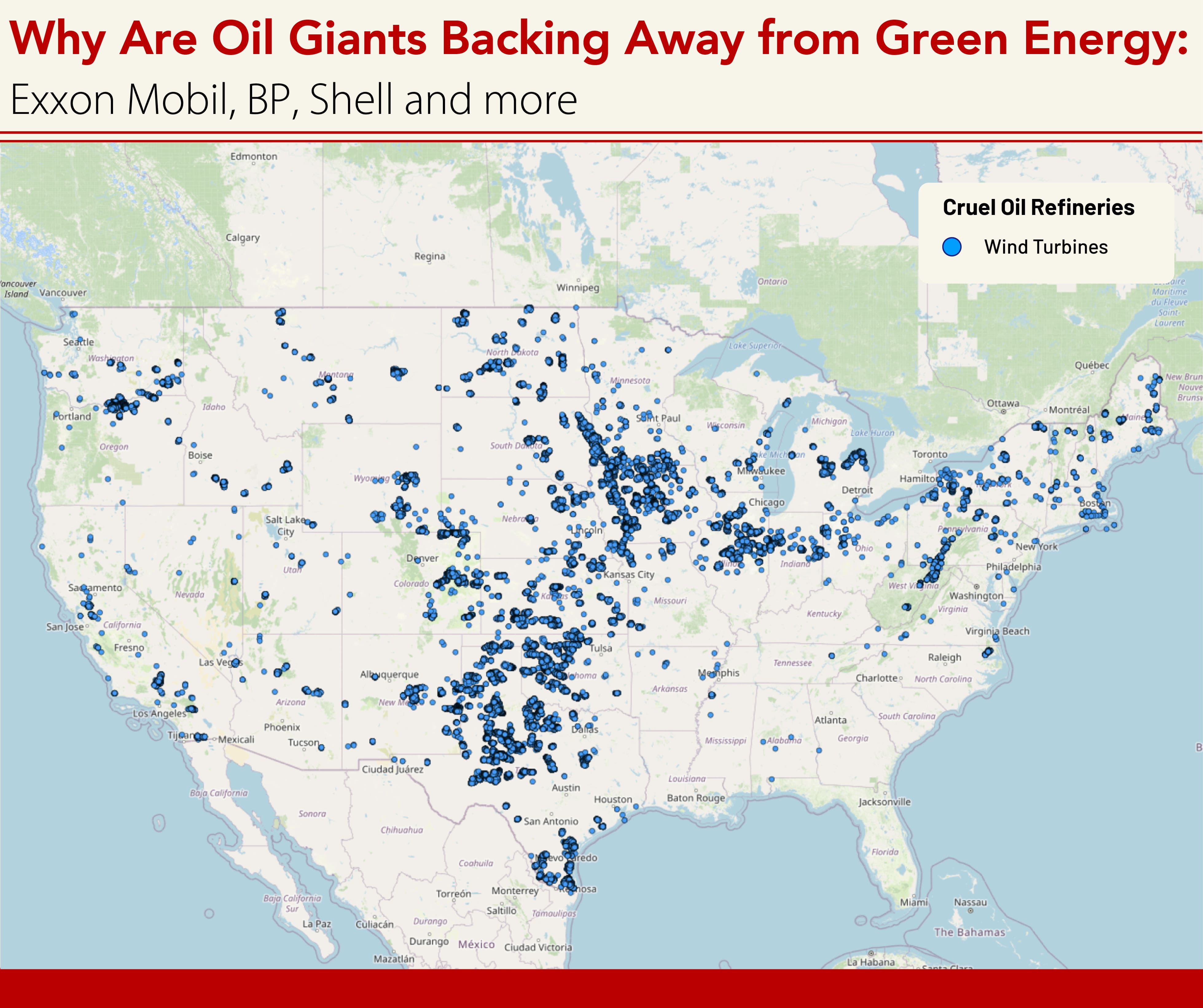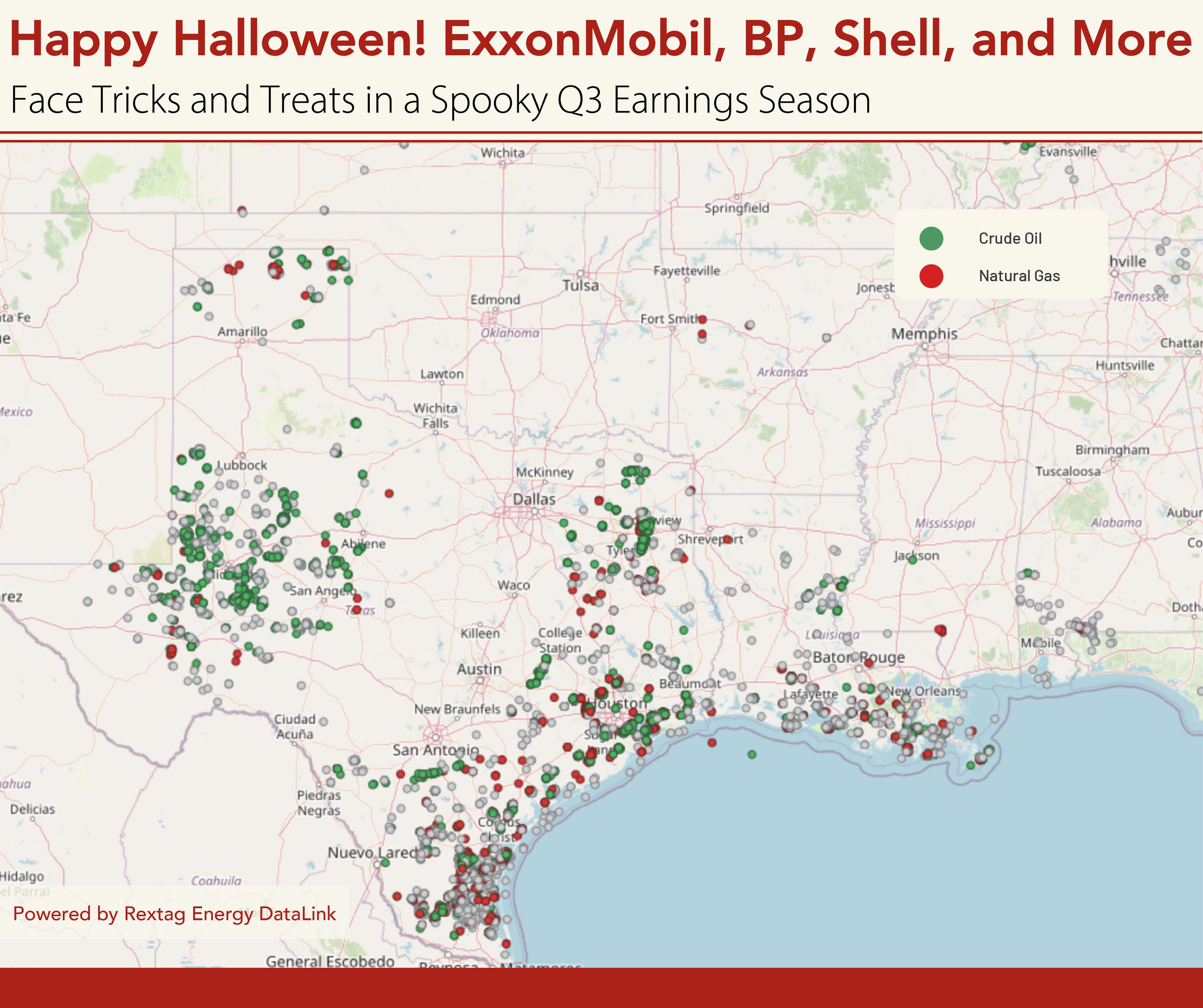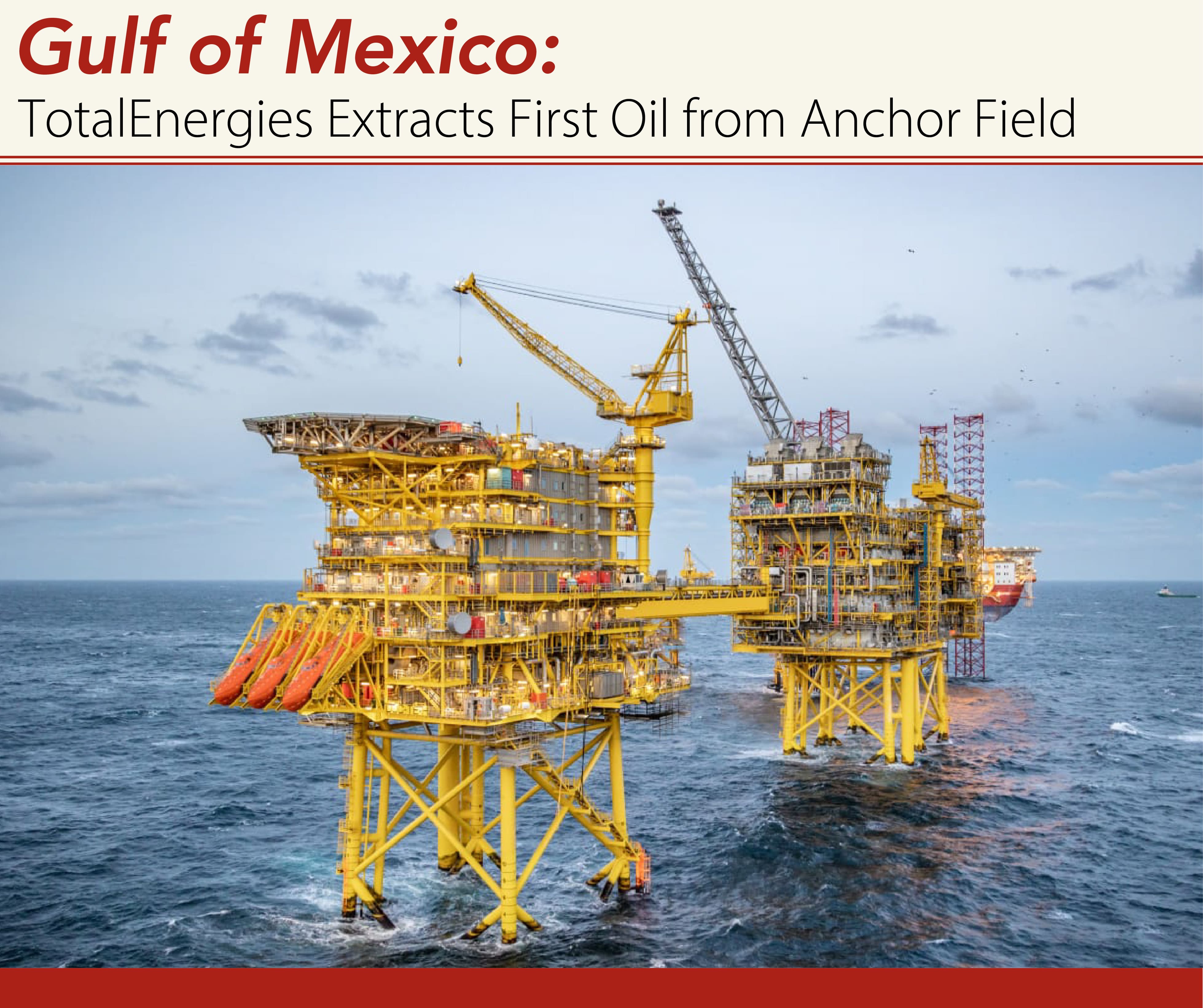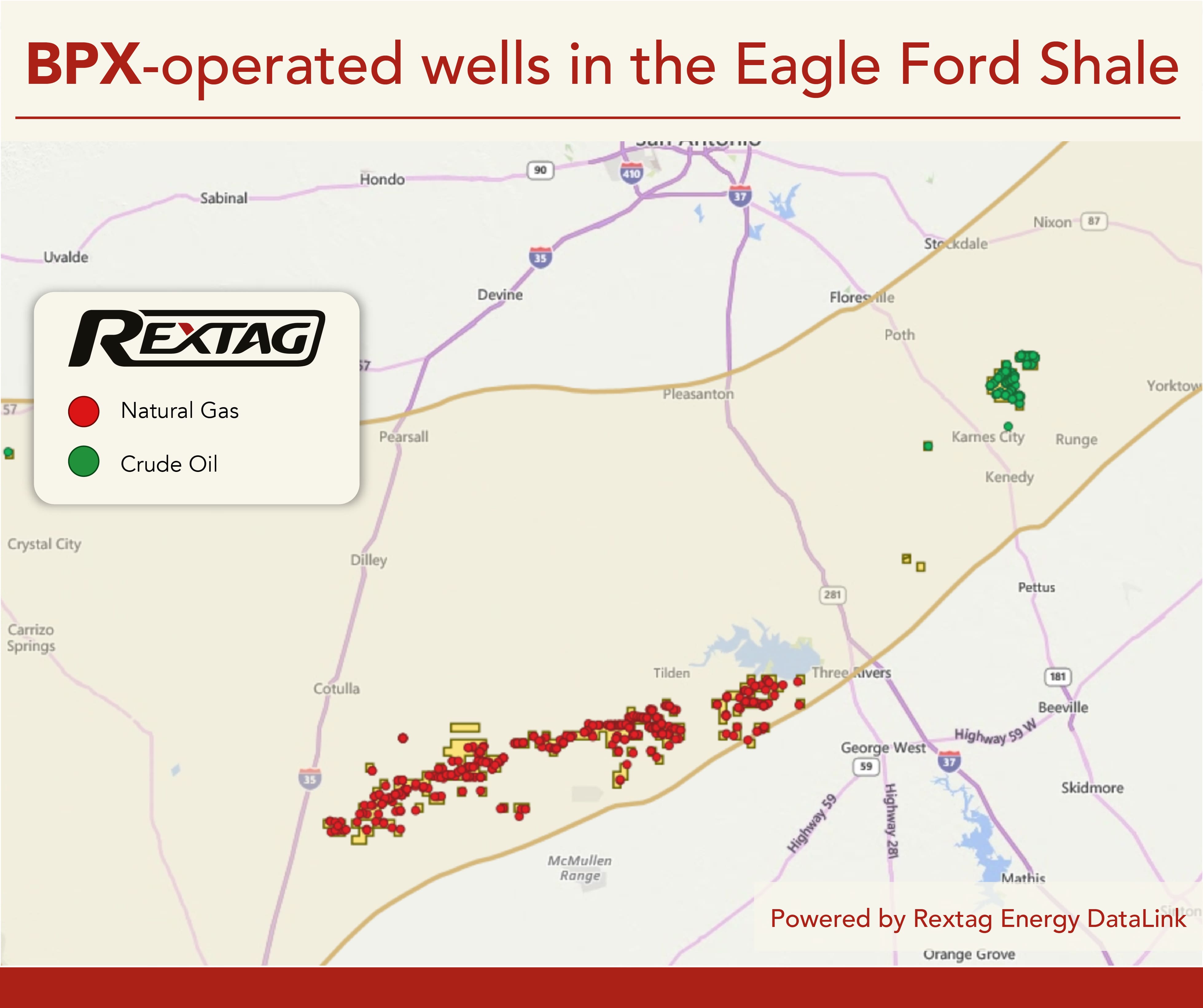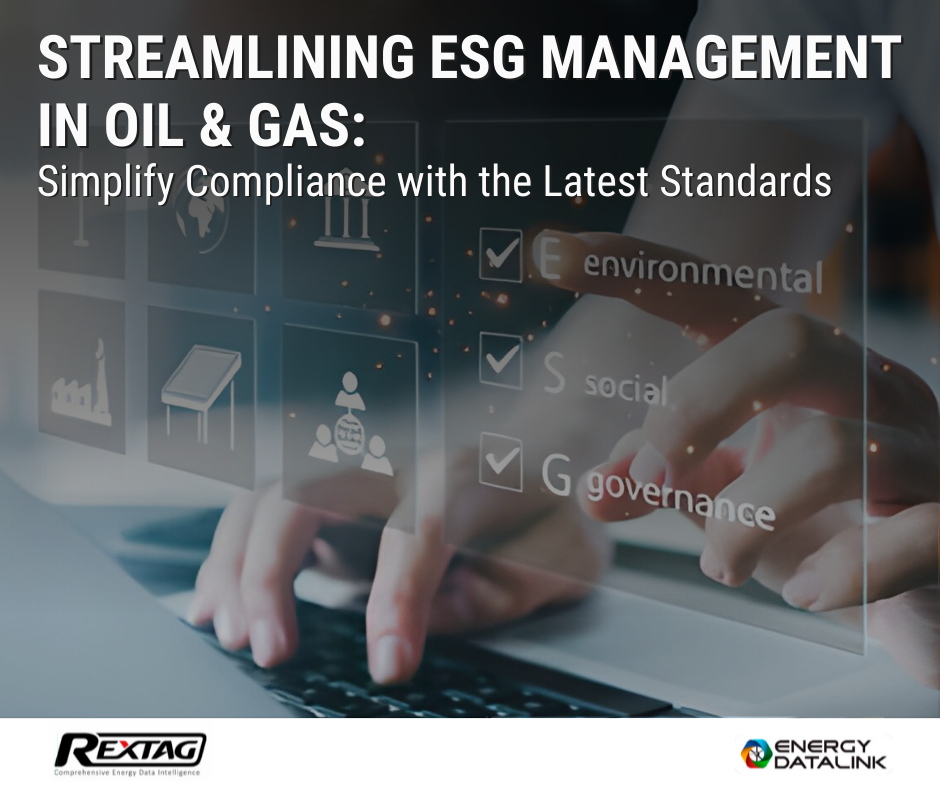Blog
Since days when shale oil and gas technologies were discovered, the U.S. energy industry has been evolving more rapidly than ever before. Many changes are amazing especially when you put them on an industry map. At Rextag not only do we keep you aware of major projects such as pipelines or LNG terminals placed in service. Even less significant news are still important to us, be it new wells drilled or processing plants put to regular maintenance.
Daily improvements often come unnoticed but you can still follow these together with us. Our main input is to “clip it” to the related map: map of crude oil refineries or that of natural gas compressor stations. Where do you get and follow your important industry news? Maybe you are subscribed to your favorite social media feeds or industry journals. Whatever your choice is, you are looking for the story. What happened? Who made it happen? WHY does this matter? (Remember, it is all about ‘What’s in It For Me’ (WIIFM) principle).
How Rextag blog helps? Here we are concerned with looking at things both CLOSELY and FROM A DISTANCE.
"Looking closely" means reflecting where exactly the object is located.
"From a distance" means helping you see a broader picture.
New power plant added in North-East? See exactly what kind of transmission lines approach it and where do they go. Are there other power plants around? GIS data do not come as a mere dot on a map. We collect so many additional data attributes: operator and owner records, physical parameters and production data. Sometimes you will be lucky to grab some specific area maps we share on our blog. Often, there is data behind it as well. Who are top midstream operators in Permian this year? What mileage falls to the share or Kinder Morgan in the San-Juan basin? Do you know? Do you want to know?
All right, then let us see WHERE things happen. Read this blog, capture the energy infrastructure mapped and stay aware with Rextag data!
Why Are Oil Giants Backing Away from Green Energy: Exxon Mobil, BP, Shell and more
As world leaders gather at the COP29 climate summit, a surprising trend is emerging: some of the biggest oil companies are scaling back their renewable energy efforts. Why? The answer is simple—profits. Fossil fuels deliver higher returns than renewables, reshaping priorities across the energy industry.
Happy Halloween! ExxonMobil, BP, Shell, and More Face Tricks and Treats in a Spooky Q3 Earnings Season
As the leaves fall and we settle into Halloween’s cozy, pumpkin-spiced vibes, it’s not just the ghostly shadows creeping through the energy sector; major oil companies have reported mixed Q3 earnings, facing various challenges and surprises. While some players faced profit slumps reminiscent of a seasonal scare, others found treats hidden among their strategies and diversified portfolios. Here’s a look at how ExxonMobil, BP, CNOOC, Phillips 66, TotalEnergies, ConocoPhillips, and Shell fared in the last quarter.
Gulf of Mexico: TotalEnergies Extracts First Oil from Anchor Field
TotalEnergies has announced the start of oil production from the Anchor field, located 225 km off the coast of Louisiana in the Gulf of Mexico. The Anchor field began development in December 2019 and is a joint project between TotalEnergies, which holds a 37.14% stake, and Chevron, the operator, which has the remaining 62.86%.
TotalEnergies $5.7B Profit, U.S. Rig Count Loose and Crude Oil April Update
TotalEnergies kicked off 2024 with a net income of $5.7 billion in the first quarter, marking a modest 3% increase from the same period last year and a 13% rise from the previous quarter. This growth occurred despite experiencing drops in both the volume and price of gas sales over the year and the quarter. Their adjusted net earnings, which exclude one-time or unusual items, were $5.1 billion. This represents a significant 22% decline compared to last year and a slight 2% drop from the last quarter. The company's earnings before tax, depreciation, and amortization reached $11.5 billion, while their cash flow from operations significantly decreased to $2.2 billion, falling by 58% from last year and a steep 87% from the previous quarter. TotalEnergies also recorded $644 million in impairments.
Streamlining ESG Management in Oil & Gas: Simplify Compliance with the Latest Standards
To effectively manage ESG issues in O&G companies, a comprehensive approach is required, addressing multiple managerial issues. First, ESG considerations must be integrated into the corporate strategy, setting goals that align with business objectives, reflected in budgeting, capital allocation, and risk management. Accurate and efficient collection, management, and reporting of ESG data is necessary for identifying relevant metrics and indicators, such as greenhouse gas emissions, water consumption, and social impact indicators.
Exploring ESG in Upstream Operations: Examining Achievements, Obstacles, and Emerging Patterns
ESG considerations are becoming increasingly essential for companies operating in the upstream sector. Failure to address ESG concerns may result in financial and reputational risks, given the growing focus from investors, regulators, and other stakeholders. Companies must prioritize ESG performance and engage with stakeholders to address concerns and mitigate risks. By doing so, they can improve their reputation, attract investment, and contribute to a more sustainable future
